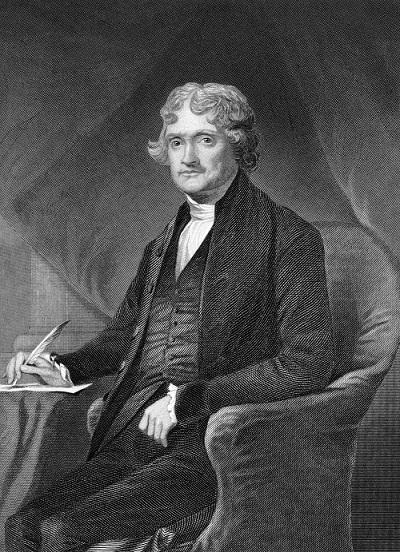Contributor: Meghan Vestal. Lesson ID: 10849
Americans celebrate the Fourth of July, but do you know why? What important document does it honor? Who wrote it and why? Discover the bold step the colonies took!
The Declaration of Independence is one of the most exciting and innovative documents ever written!
It initiated the colonies' independence from Great Britain, introduced new and profound political ideas and sparked revolutions in favor of democracy worldwide.
As you explore what makes this document so unique, think about what this declaration meant for the colonies and the risks the signers were taking by declaring independence!
While the fighting for the Revolutionary War began in 1775, the colonies did not officially declare independence from Great Britain until July 4, 1776.
Initially, the colonists only fought for their rights as British citizens, and very few sought complete independence. But, as the war progressed, a movement for independence from the British ignited.
In June 1776, the Continental Congress voted to declare independence from the crown and appointed a five-person committee with the task of drafting a letter to the British government that would explain their decision.
The men appointed to this important task were Benjamin Franklin (Pennsylvania), John Adams (Massachusetts), Thomas Jefferson (Virginia), Roger Sherman (Connecticut), and Robert Livingston (New York).
The committee agreed to allow Thomas Jefferson to write the initial draft because Jefferson had proved to have a way with words throughout the revolution.
|
The 33-year-old Jefferson wrote what is now considered to be one of the best-written and most revolutionary documents ever conceived. In the document, Jefferson stated that it had become necessary for the colonies to declare independence and provided a list of reasons why. After Jefferson finished writing his masterpiece, the other appointed committee members reviewed the document, not making any significant changes. The committee presented the document to the Continental Congress, who spent a few days reviewing and revising the work. Altogether, only about a fifth of Jefferson's original wording was changed. |
 |
The Continental Congress officially approved the Declaration of Independence on July 4, 1776.
Although approved on July 4, it was not signed until August 2 because the document was sent away to be printed on parchment. Printing the declaration on parchment, a stiff material made from animal skin would allow the document to last longer than regular paper.
Signing the Declaration of Independence posed a huge risk to all who signed. The signers were committing treason — betraying their country — treason was typically punishable by death.
But that did not stop the president of the Continental Congress, John Hancock. He signed his name and wrote it extra large, stating, "There, I guess King George will be able to read that without his spectacles."
Altogether, 56 men signed the Declaration of Independence. Today, Americans celebrate its signing on July 4th.

Watch the video below to hear the Declaration read aloud.
Look at images of The Declaration of Independence and read a transcript.
Then, watch a re-enactment of its approval to learn more about how the Founding Fathers felt when they approved the Declaration of Independence.
Finally, review everything you have just learned with this last video.
Continue to the Got It? section to create a word search puzzle and your OWN declaration!